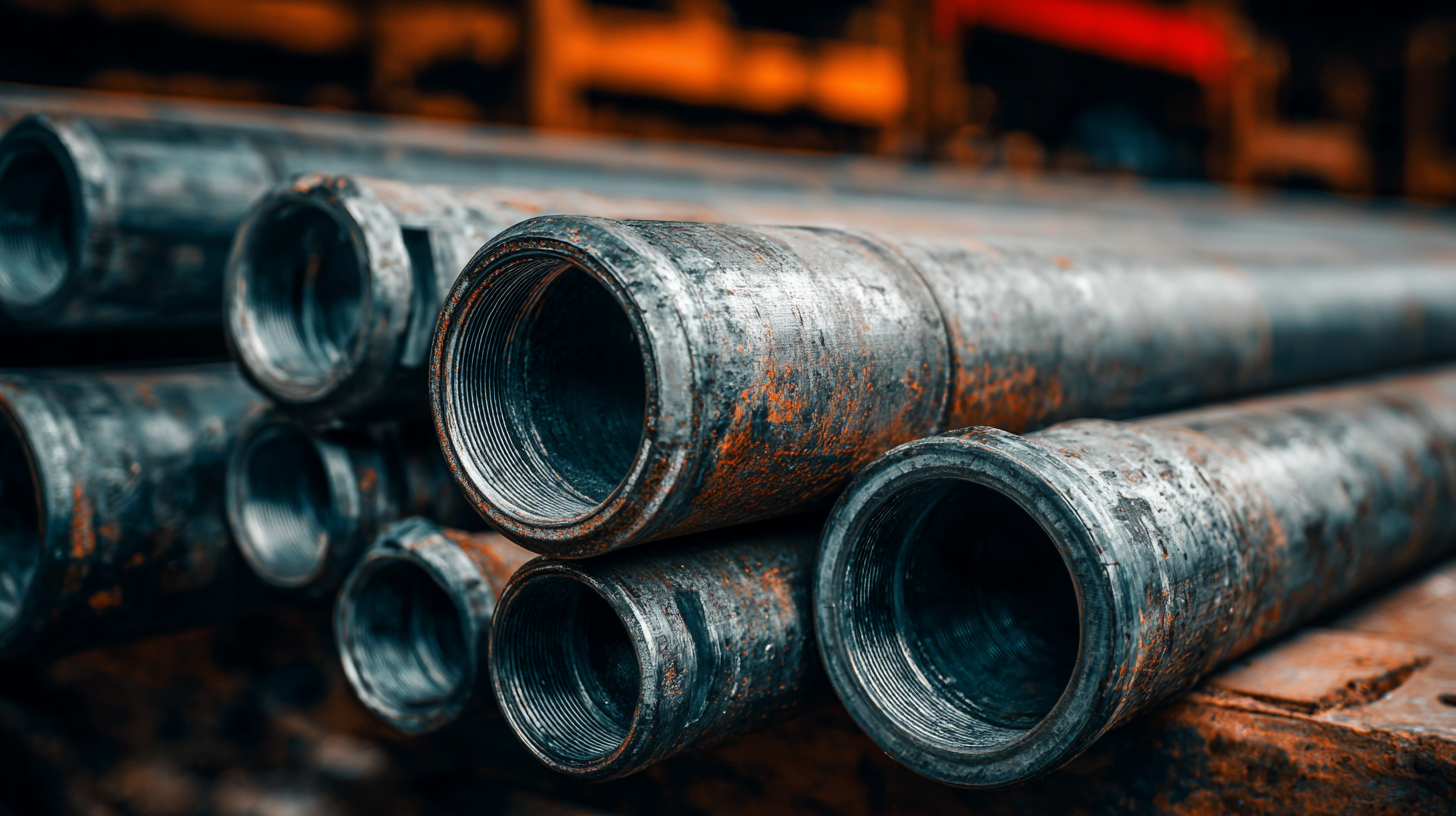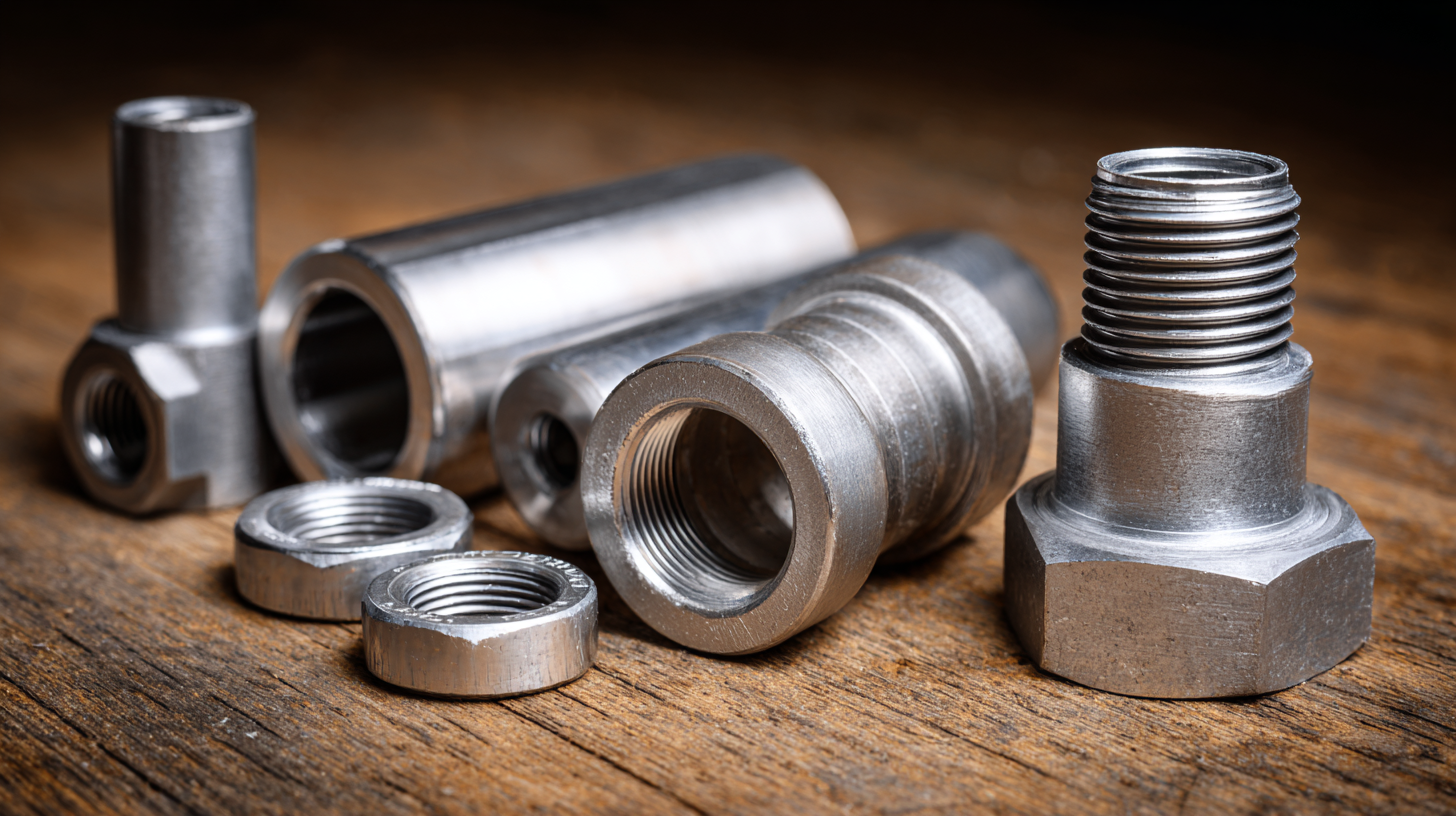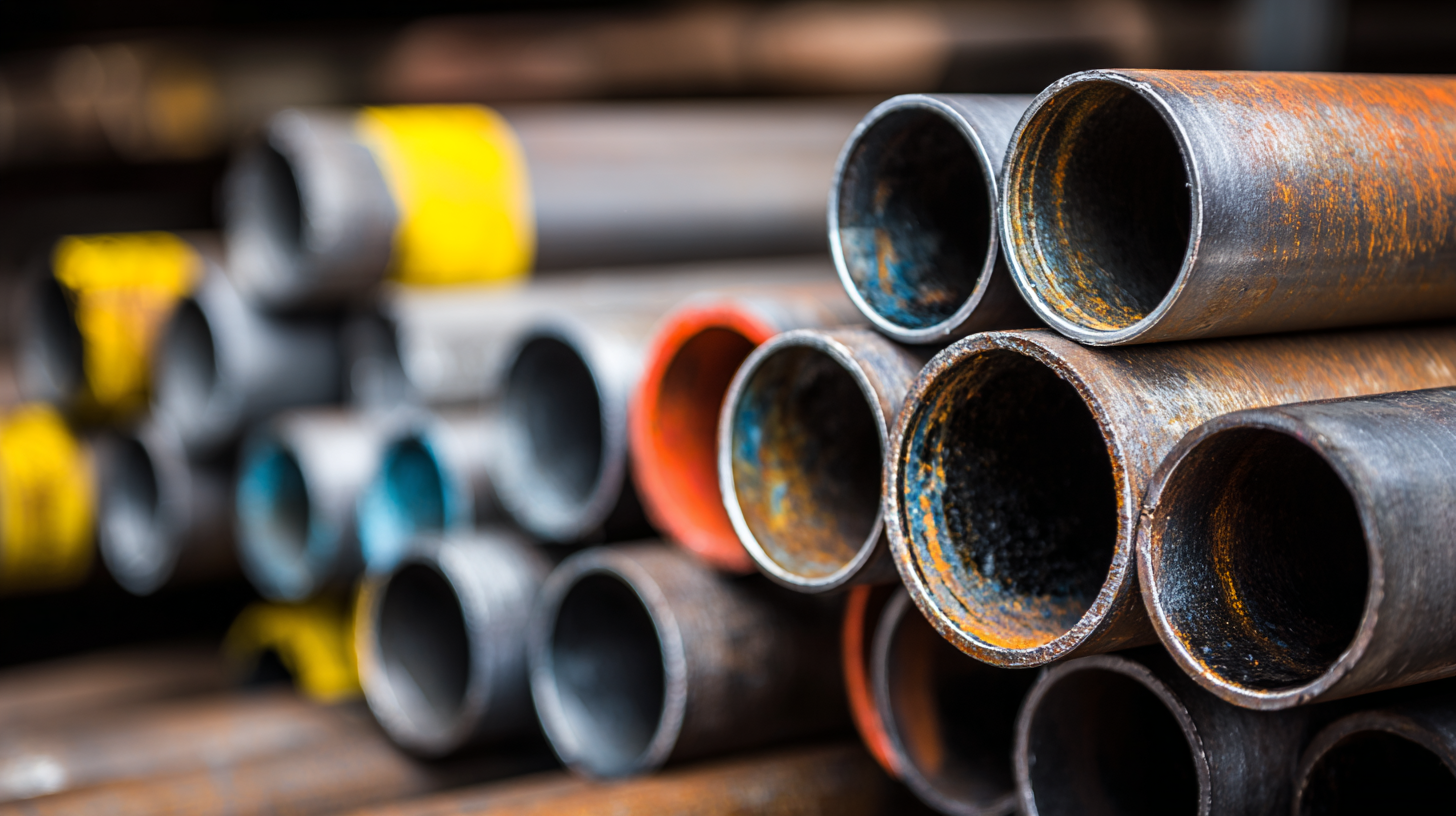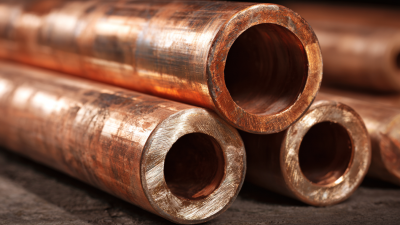How to Choose the Right Steel Pipe Fitting for Your Project Needs
Choosing the right Steel Pipe Fitting for your project is a critical decision that can significantly impact the efficiency and safety of your construction or manufacturing processes. According to a report by the American Society for Testing and Materials (ASTM), improper fittings can lead to up to 30% of potential failures in piping systems, highlighting the importance of selecting the correct materials.
The global steel pipe fittings market is projected to reach USD 25 billion by 2027, with an increasing demand driven by industries such as oil and gas, construction, and water supply. Understanding the various types of fittings, their material properties, and compatibility with different piping systems is essential for meeting regulatory standards and ensuring long-term durability.
This guide will delve into the key factors to consider when choosing Steel Pipe Fitting options tailored to your specific project needs.
Understanding Different Types of Steel Pipe Fittings
When selecting steel pipe fittings for your project, understanding the various types available is crucial for ensuring optimal performance and compatibility. Steel pipe fittings can be divided into several categories, including elbows, tees, reducers, and couplings, each serving different functions in pipeline construction. For instance, elbows help change the direction of the pipeline, tees are instrumental for branching, while reducers allow for transitions between different pipe diameters. According to industry reports, the global market for steel pipe fittings is expected to grow at a CAGR of 4.3% from 2023 to 2028, driven by increasing demand in the construction and oil & gas sectors.
Moreover, the choice of material and fitting type is essential to meet specific project requirements such as pressure levels and corrosive environments. High-strength steel fittings provide better endurance under extreme conditions, whereas carbon steel fittings are often chosen for their cost-effectiveness in less demanding applications. The right fitting not only enhances the integrity of the pipeline system but can also lead to significant cost savings over the project's lifecycle. Understanding these diverse types and their applications empowers project managers and engineers to make informed decisions that align with their project's objectives and regulatory standards.

Key Factors to Consider When Selecting Steel Pipe Fittings
When selecting the right steel pipe fittings for your project, several key factors should be carefully considered. First and foremost, the type of material is crucial; fittings can be made from various types of steel, including carbon steel, stainless steel, and alloy steel. Each material has unique properties that affect durability, corrosion resistance, and suitability for different environments. For example, stainless steel is often preferred for applications involving water or chemicals due to its high resistance to rust and corrosion.

Another important consideration is the fitting dimensions and specifications. Ensure that the size and pressure rating of the fittings match the pipes and the project requirements. Mismatched sizes can lead to leaks or failures, potentially causing delays and safety hazards. Additionally, consider the type of connection required, whether it’s threaded, welded, or flanged, as this will influence the ease of installation and maintenance over time. By carefully evaluating these factors, you can select the most appropriate steel pipe fittings for your specific needs.
How to Determine the Correct Size for Your Pipe Fittings
Choosing the correct size for your pipe fittings is essential for ensuring a proper fit and optimal system performance in any project. To start, measure the outer diameter of the pipe you'll be using, as fittings are often sized accordingly. For instance, if you're working with a schedule 40 pipe, the nominal size might differ slightly from the actual measurement due to manufacturing standards. It's crucial to be aware of these variations to avoid compatibility issues.
Next, consider the type of fitting required for your application. Different applications may call for various configurations such as elbows, tees, reducers, or caps. Each type of fitting is designed to accommodate certain pipe sizes, so know the specifications of your project. Additionally, factor in the material the fitting is made from—this may affect its size compatibility, especially when transitioning between different materials. By taking these steps, you can confidently select the right size and type of pipe fitting for your unique project needs.
Choosing the Right Steel Pipe Fitting Sizes
Evaluating Material Compatibility and Performance Standards
When selecting the appropriate steel pipe fittings for your project, it's essential to evaluate material compatibility and performance standards carefully. Steel pipe fittings must withstand various operational conditions, including temperature fluctuations, pressure variations, and environmental factors. The compatibility of the fitting materials with the fluids they transport is crucial. For instance, in applications involving electric motors, ensuring that the materials can resist exposure to lubricants and cooling oils is paramount, similar to the recent studies on oil-cooled electric motor insulation systems.
Performance standards play a vital role in determining the suitability of steel pipe fittings. These standards ensure that fittings can endure the mechanical stresses they will face during operation. Recent advancements in technology also provide options like innovative materials that enhance durability and efficiency, akin to developments seen in sectors like electronics and robotics. Companies are increasingly optimizing their products for improved functionality and reliability, which directly impacts the overall performance of projects, especially in dynamic fields such as electric vehicle technology.
Tips for Sourcing High-Quality Steel Pipe Fittings
When sourcing high-quality steel pipe fittings for your project, it’s essential to start with trusted suppliers. Look for manufacturers or distributors with a solid reputation in the industry. Check their certifications and standards compliance, such as ASTM or ASME, which ensures that the fittings meet specific quality benchmarks. Customer reviews and case studies can also provide insights into the reliability of the products and the service quality of the supplier.
Another crucial aspect is to inspect the material and construction of the fittings. Quality steel pipe fittings should be constructed from durable materials that offer corrosion resistance and structural integrity. Consider the type of steel used—carbon steel, stainless steel, or alloy steel—and select based on your project’s specific requirements like temperature, pressure, and environmental conditions. Additionally, ensure that proper testing has been conducted, such as pressure testing or non-destructive testing, to validate the performance of the fittings before purchase.

Home
About Us
Products
Carbon & Carbon Alloy Steel
Stainless Steel
Copper & Nickel Alloy
Heat Efficiency Tubes
Pipe Fittings
Pipe Flanges
Gasket, Stud Bolt &Nut
Industrial Valves
Tech & Service
Blog
Contact Us








